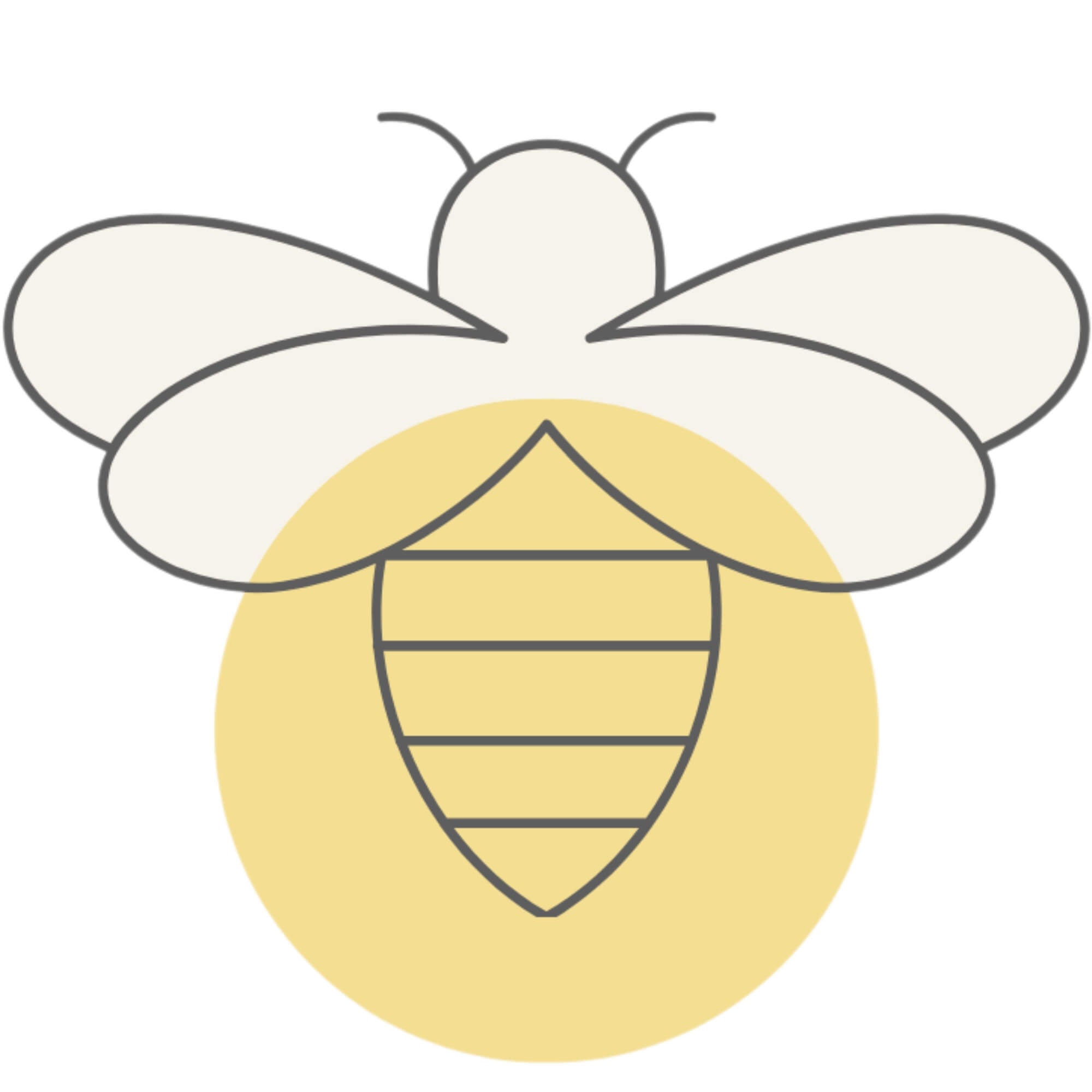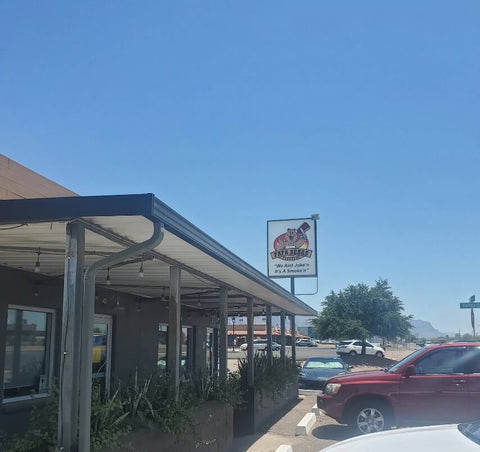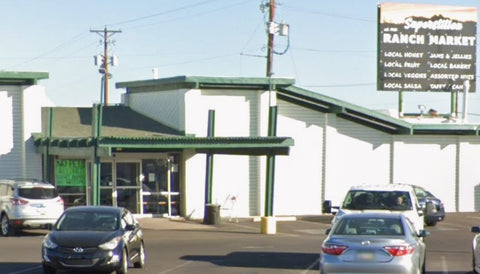Bees are remarkable creatures with a highly organized social structure. One of the most fascinating aspects of their behavior is how they raise new queens. Depending on the colony's needs, bees create different types of queen cells: swarm cells, supersedure cells, and emergency cells. Each type has distinct characteristics and purposes.
Each type of queen cell plays a crucial role in ensuring the survival and health of the colony. Beekeepers should closely monitor their hives for these cells, as their presence can be an indication of various issues, such as potential swarming or a failing queen. By understanding the differences between swarm, supersedure, and emergency cells, beekeepers can better manage their hives and ensure their colonies thrive.
1. Swarm Cells (Pre-Swarming Queen Cells)
Swarm cells are constructed when a colony prepares to reproduce by swarming. This is a natural process where the old queen leaves with a portion of the worker bees to establish a new colony, while the remaining bees raise a new queen.
Characteristics of Swarm Cells:
-
Location: Typically found along the bottom or edges of frames.
-
Shape: Elongated, peanut-like, and hang vertically downward.
-
Number: Multiple swarm cells (often 5-20) are built simultaneously.
-
Timing: Created during strong nectar flows when the colony is populous.
Purpose: To ensure the survival of the colony by producing a new queen before the old one departs.
2. Supersedure Cells (Replacement Queen Cells)
Supersedure cells are built when the colony senses that their current queen is failing—due to age, injury, or poor egg-laying performance. Unlike swarming, the colony does not intend to split but rather to replace the queen.
Characteristics of Supersedure Cells:
-
Location: Usually positioned in the middle of the frame, near brood.
-
Shape: Similar to swarm cells (peanut-shaped) but often fewer in number.
-
Number: Only 1-3 cells are typically produced.
-
Timing: Can occur at any time when the queen is underperforming.
Purpose: To replace an ailing queen without colony division.
3. Emergency Queen Cells
Emergency cells are hastily constructed when the colony suddenly loses its queen (e.g., accidental death or removal by a beekeeper). Worker bees select young larvae (less than 3 days old) and modify existing worker cells to raise a new queen.
Characteristics of Emergency Cells:
-
Location: Built from modified worker brood cells, often on the face of the comb.
-
Shape: Irregular, less polished, and may appear "patched" from existing cells.
-
Number: Several may be created, but they are not as uniform as swarm cells.
-
Timing: Formed immediately after queen loss (within hours).
Purpose: To rapidly produce a new queen to ensure colony survival.
How to Identify Different Queen Cells
| Feature | Swarm Cells | Supersedure Cells | Emergency Cells |
|---|---|---|---|
| Location | Bottom/edges of frames | Middle of frames | Anywhere on brood comb |
| Shape | Smooth, peanut-like | Similar to swarm cells | Rough, modified from worker cells |
| Number | Many (5-20) | Few (1-3) | Several, irregular |
| Trigger | Overcrowding, strong colony | Failing queen | Sudden queen loss |







Comments (0)
There are no comments for this article. Be the first one to leave a message!